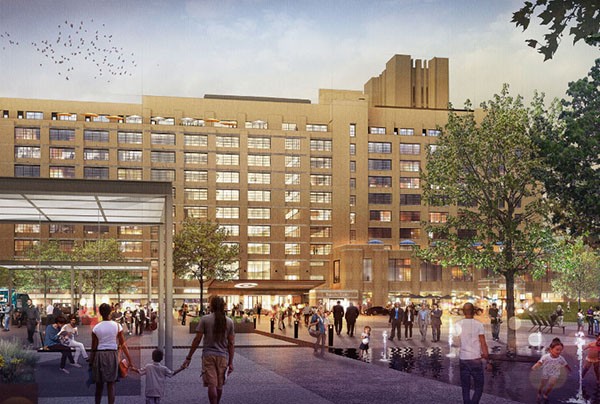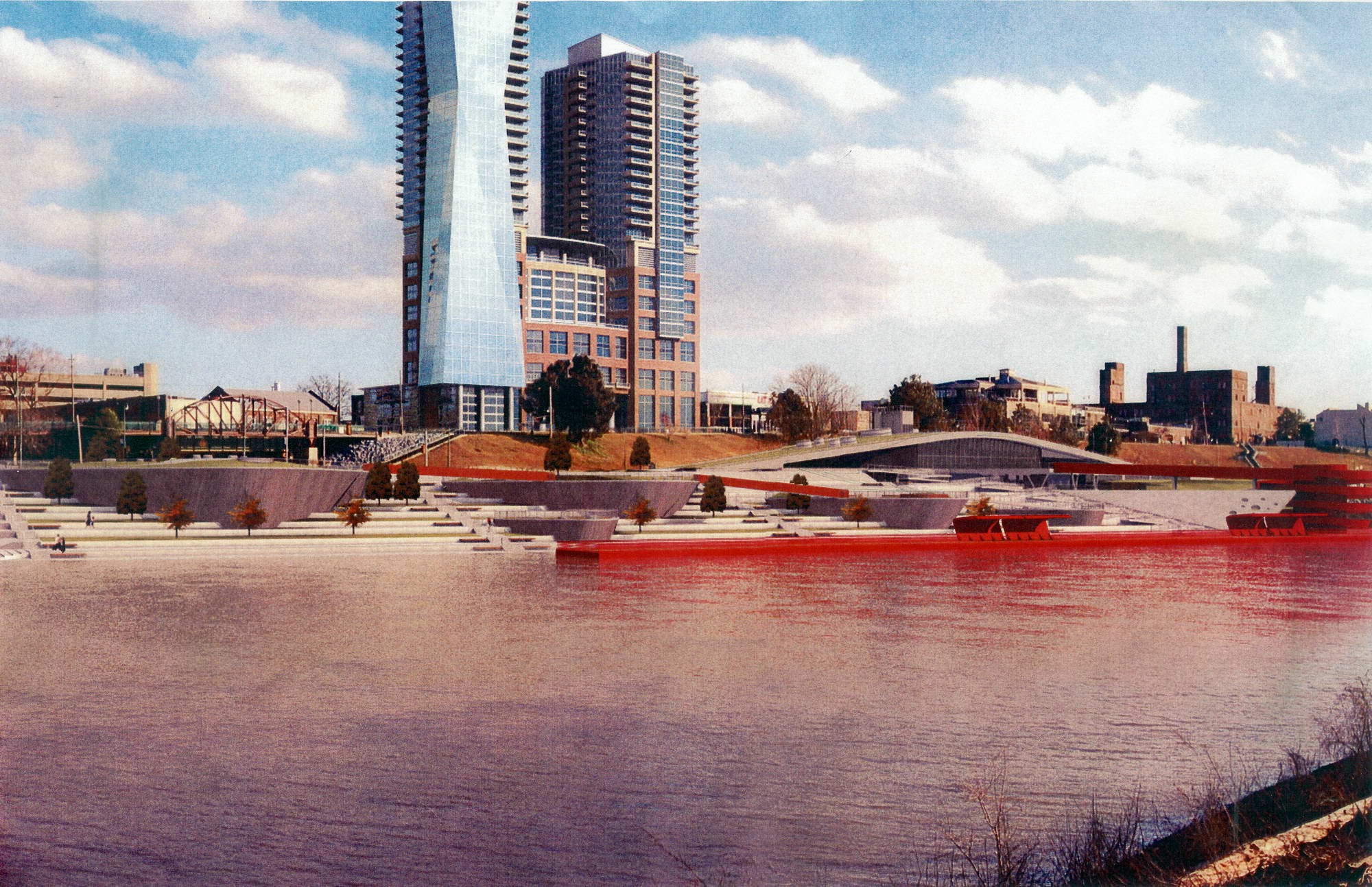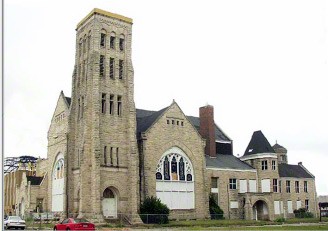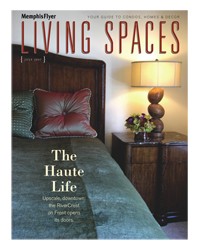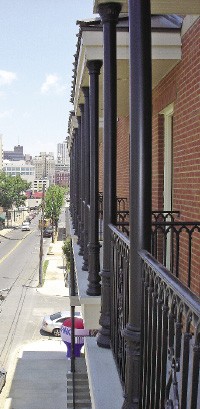Remember when you were, say, in your early twenties, and you needed to move out of your crappy apartment because the landlord was a jerk and wouldn’t fix the water heater and the back-door lock was always broken? You’d call up a bunch of friends and say, “Hey, come over and help me move on Saturday. I’ll buy the beer!”
Amazingly, this actually worked sometimes. Your pals would drop by, help you stuff your worldly belongings into boxes, schlep your crappy couch and chest of drawers and floppy mattress onto a truck and unload it all at your new crappy apartment. All for the price of a case or two of Natty Light.
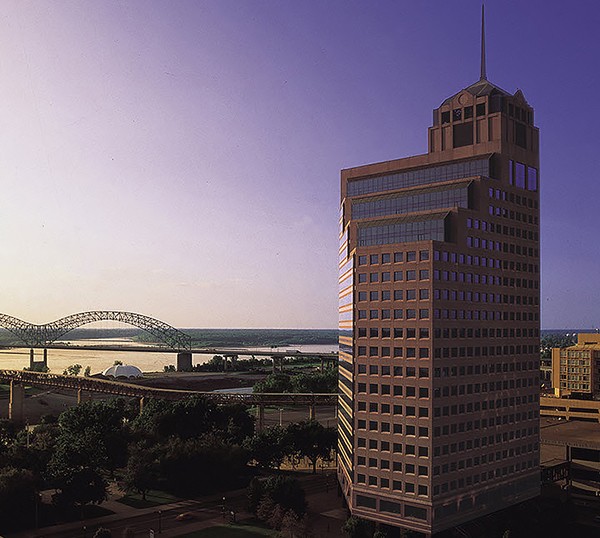 Raymond James
Raymond James
It’s kind of like what’s happening between brokerage firm Raymond James and the city of Memphis’ Economic Development and Growth Engine (EDGE). You see, Raymond James, a national company with 2018 revenues of $7.2 billion, needs a little help with its move from its current Downtown headquarters to a couple of buildings out in East Memphis. So it asked EDGE to cut them a break on taxes, you know, like friends do.
Raymond James has been in a dispute with its landlord at its namesake building at 50 North Front for a couple of years, mostly over the structure’s elevators. They break down sometimes, stranding employees and clients. The building’s landlord says they’re fixing the problem, but it takes time and it’s expensive and they need Raymond James to sign a lease so they can commit to that expense. Raymond James says, nah, we’re moving out east. Oh, and we’d like a little help from the city with moving expenses.
As The Commercial Appeal reported last week: “Because of the deterioration of its Downtown facility, Raymond James has recently signed two leases to relocate its operations into 250,000 square feet in two buildings located in East Memphis,” the Florida-based company said in an application for a tax break. The application further stated: “These leases are contingent on EDGE’s approval of our PILOT application.”
Enter EDGE and its friendly PILOT (payment in lieu of taxes) program, which is considering the Raymond James company’s request for a $3.2 million tax break to help offset its moving costs.
That’s a lot of Natty Light.
EDGE has released documents that appear to financially justify the granting of the PILOT, citing the fact that Raymond James is promising to create 100 new jobs that will pay around $64,000 on average. EDGE also noted the positive tax-revenue impact of the $23 million Raymond James says it will spend to renovate and refurbish the buildings in East Memphis. The company added that many of the new employees will be relocated to Memphis from the Raymond James’ national headquarters in Tampa, where there is some concern that global warming will impact its operations.
Huh.
EDGE says Raymond James’ investment in the two buildings and the impact of 100 new employees moving to Memphis will bring in roughly $5.8 million in “tax benefits” to the local economy. So, granting a tax break of $3.2 million will mean the city comes out ahead in this deal by about $2.6 million. Theoretically.
Here’s a crazy thought: Why not let a $7.2-billion-dollar corporation suck it up and pay for its own move? That $3.2 million is chump change for Raymond James. And it would be a lot more expensive for them to leave town and move their 863 current employees somewhere else. They’re moving people out of Tampa, anyway. And here’s the kicker: After Raymond James moves out east, Memphis will be left with another big, empty building in the city’s core. Why would we want to incentivize a company to do that?
I can understand (sometimes) why PILOTs are given to attract companies to town or to spur investment in a blighted or neglected area, but I don’t understand why we would give a tax break to a multi-billion-dollar company just because it’s in a squabble with its landlord and wants to move to another part of the city. East Memphis isn’t exactly blighted or lacking in development. That $3.2 million in foregone tax dollars could be better spent, in my humble (but distinctly non-expert) opinion.
Maybe we ought to save that PILOT money and use it to lure a potential tenant into that distinctive but soon-to-be-empty Downtown building with lovely river views.
Or use it to fix the elevators.
Bruce VanWyngarden
